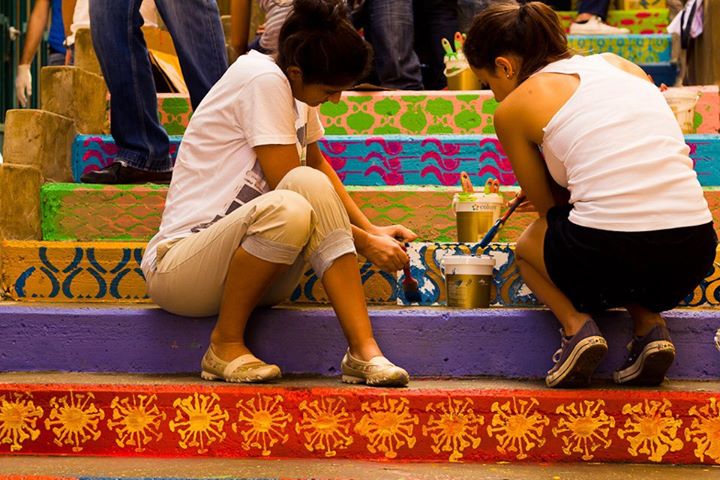
By Sania Aziz Rahman
If you walked through the streets of Beirut a few years ago, the city’s urban fabric, architecture and surfaces spoke volumes of the political instability that shook Lebanon from the mid-1970s to the mid-2000s.
Since then, the people of Beirut have strived to rebuild their city that was once called the ‘Paris of the Middle East’ and live up to Beirut’s image as a city filled with rich culture, heritage and architectural elegance. In the midst of all the tension, a Lebanese group of designers and artists have decided to liven up the atmosphere, feel and look of Beirut through color.
Launched in April 2012, the Dizhayners started the “Paint Up” initiative to make the city bright and colorful in a way that “would help move and change the behaviors and attitudes of the community and society.”
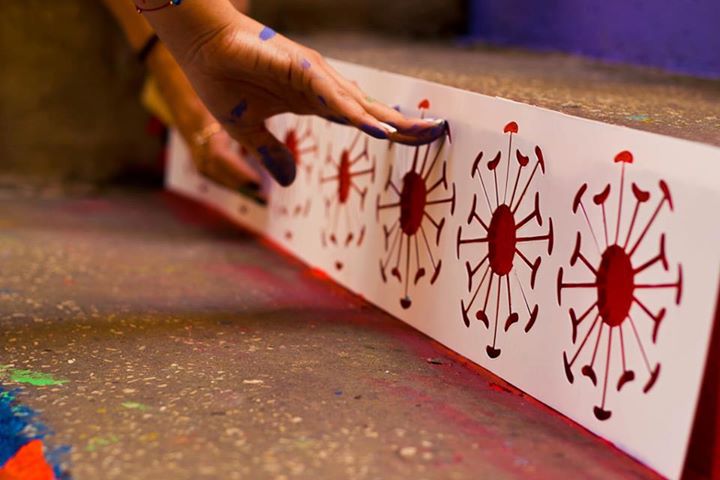
“It was born to show people that someone cares, about them, about the atmosphere,” the group said. “It was born from the need to get involved and do something productive and touching for the beautiful city we live in.”
By painting the otherwise dull staircases, this passionate group of youngsters, made up mostly of Graphic Design students at the Lebanese American University, is doing more than just improving the capital’s aesthetics through urban artwork. It also helps spread a sense of positivity, awareness and pride among the locals about art and heritage.
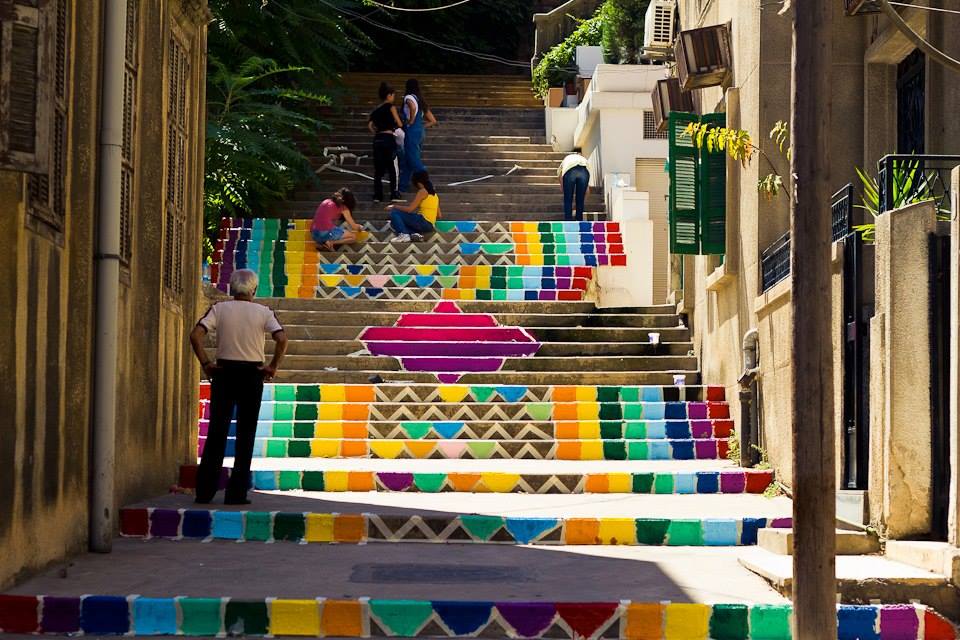
Abandoned streets, lanes and staircases that have fallen out of favor for their lack of use are now given a much-needed vibrancy that livens up the atmosphere of the people living in these areas. The group also says people start using these areas more often afterward.
“The first time, I asked more than 10 neighbors what they thought of the idea [of painting a nearby staircase] and they loved it, so we did it,” said Jubran, a member of the Dihzahyners. “Colors make the stairs easier and funnier to climb.”
Jubran also says this art, in its own way, helps innovate local culture as well.
“It’s a good way not to get lost,” said Jubran. “In Beirut, people don’t use the street names but landmarks, so recognizing stairs is quite a big deal.”
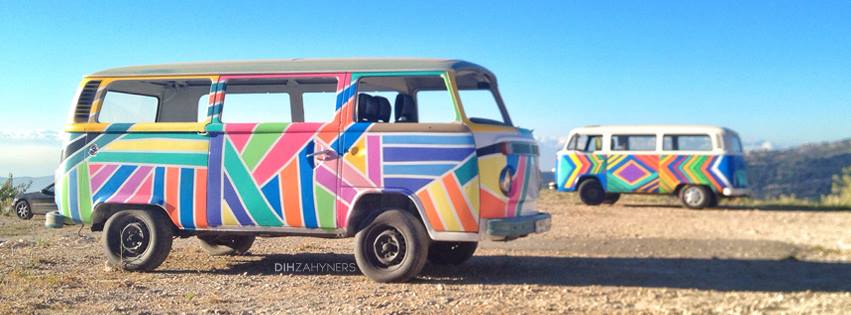
Bearing the brunt of several municipal demolitions to make way for high-rises, Beirut is at risk of losing its historic architectural legacy. According to the municipal plan, several historical sites including neighborhoods like Ashrafieh and Mar Mikhael will make way for road projects. These are also areas that the Dizahyners are looking to brighten up with paint and “shift the perspectives of Beirut’s citizens through their art and urban interventions.”
“Beirut is in definite need of a face-lift, and a spirit-lift,” the Dizahyners said. “It is a need of a lot of things that maybe we may not have control over, as the youth, or that we may feel helpless about, in terms of politics or society. But we can at least try the best way we know to take a stand for what we love and the city we love, and try to make a difference to bring about this change of behaviour, perspective and general feeling towards where we live and work. If each one of us takes the initiative to get involved, then we can really bring about a sea of change that our city needs, and deserves.”
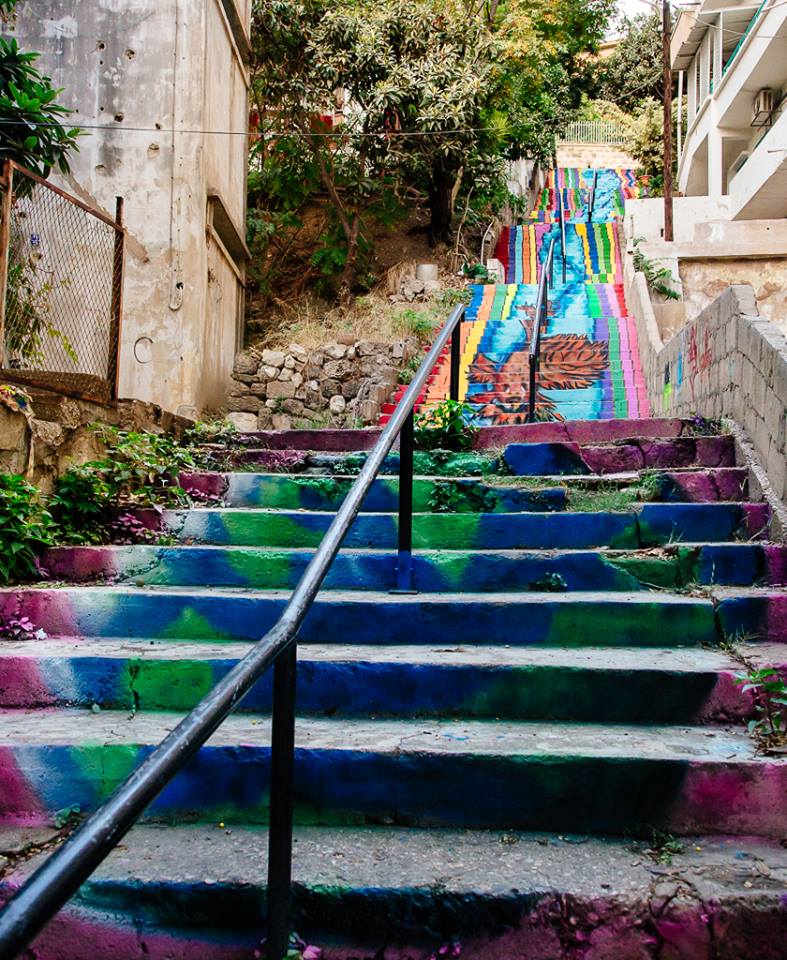



















Wonderful Article.
Ms. Sania